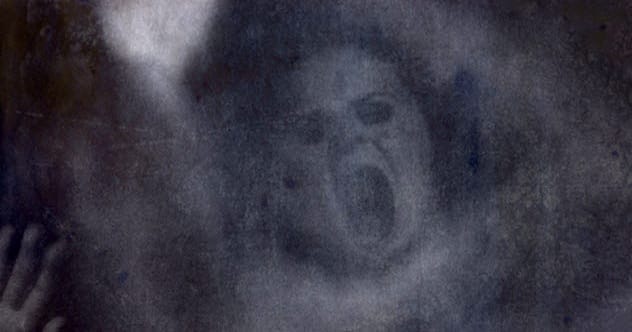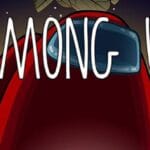For centuries, extreme fear has triggered profound reactions in people. Sometimes, it leads to temporary blindness, muteness, deafness, or paralysis, a phenomenon known as Conversion Disorder, where mental terror manifests physically. In other instances, it has proven fatal, especially when intertwined with beliefs in the magical or supernatural. Let’s delve into some lesser-known facts about terror.
1. Magical Terror in the New Testament
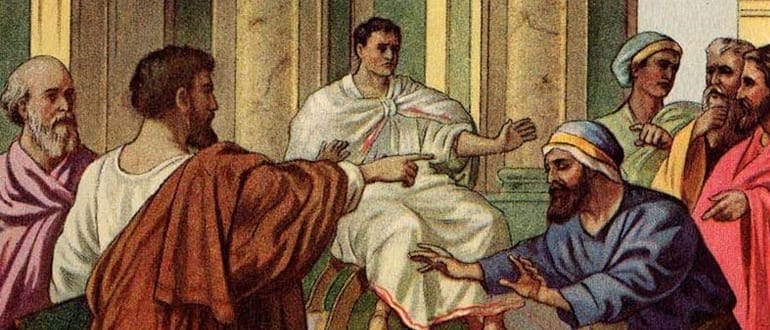 Conversion Disorder has been evident throughout history. Soldiers during World War One, suffering from shell shock (PTSD), would lose their ability to speak or hear without any physical cause. Similarly, in Puritan New England, the fear of witches caused paralysis or urinary retention.One of the most fascinating examples of Conversion Disorder is found in the New Testament. In the book of Acts, St. Paul confronts a magician named Bar-jesus on Cyprus. Paul condemns Bar-jesus, seemingly cursing him, stating, ‘Thou enemy of all righteousness… behold, the hand of the Lord [is] upon thee, and thou shalt be blind, not seeing the sun for a season.’ Paul’s intense gaze (atenisa in Greek) further intensifies the situation. Consequently, Bar-jesus, deeply afraid of the Evil Eye due to his magical background, experiences temporary blindness.
Conversion Disorder has been evident throughout history. Soldiers during World War One, suffering from shell shock (PTSD), would lose their ability to speak or hear without any physical cause. Similarly, in Puritan New England, the fear of witches caused paralysis or urinary retention.One of the most fascinating examples of Conversion Disorder is found in the New Testament. In the book of Acts, St. Paul confronts a magician named Bar-jesus on Cyprus. Paul condemns Bar-jesus, seemingly cursing him, stating, ‘Thou enemy of all righteousness… behold, the hand of the Lord [is] upon thee, and thou shalt be blind, not seeing the sun for a season.’ Paul’s intense gaze (atenisa in Greek) further intensifies the situation. Consequently, Bar-jesus, deeply afraid of the Evil Eye due to his magical background, experiences temporary blindness.
2. Voodoo Death
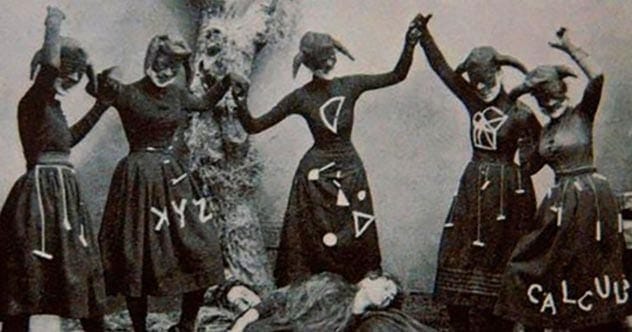 Soldier A.G. Leonard recounted witnessing Voodoo Deaths among tribes in West Africa, where individuals who believed they were bewitched would steadily decline, unaffected by nourishment or medicine. Missionary John Roscoe observed similar cases in East Africa in the 1920s, where a tribesman, convinced he was attacked by magic, died from a minor leopard wound, while others recovered.Voodoo Deaths share common traits: the victim loses hope, possibly foams at the mouth, and dies within one to three days. Aside from perceived bewitchment, consuming taboo food could also trigger this reaction. In one case in Australia, when a missionary convinced an assailant to reveal that a curse was a joke, the victim recovered, highlighting the powerful role of belief.
Soldier A.G. Leonard recounted witnessing Voodoo Deaths among tribes in West Africa, where individuals who believed they were bewitched would steadily decline, unaffected by nourishment or medicine. Missionary John Roscoe observed similar cases in East Africa in the 1920s, where a tribesman, convinced he was attacked by magic, died from a minor leopard wound, while others recovered.Voodoo Deaths share common traits: the victim loses hope, possibly foams at the mouth, and dies within one to three days. Aside from perceived bewitchment, consuming taboo food could also trigger this reaction. In one case in Australia, when a missionary convinced an assailant to reveal that a curse was a joke, the victim recovered, highlighting the powerful role of belief.
3. What to do when caught in the teeth of a lion
When faced with a predator and imminent death, humans and animals may resort to tonic immobility or quiescence, commonly known as ‘playing possum.’ This survival mechanism involves the brain’s caudal ventrolateral region triggering a collapse-like state. The body becomes insensitive to pain, goes limp, and may tremble, defecate, and remain motionless, appearing dead.Jeff Wise, an adventurer and fear scientist, provides examples of this phenomenon. He mentions missionary David Livingstone, who entered this state when caught in a lion’s teeth. The lion, uninterested in dead-looking prey, released Livingstone. However, Wise warns that prolonged quiescence can lead to a dangerous drop in heart rate and blood pressure, potentially causing death.
4. Sudden Death
While Voodoo Death often takes days, sudden death from terror can occur within hours, minutes, or even seconds. This is often due to overstimulation of the vagus nerve, known as Vagal Inhibition. Factors such as fear, mental shock, or physical shock can trigger this. Bernard Knight notes that even minor stimuli like a tap on the shoulder, cold water immersion, or tooth extraction can cause it.Cases of Vagal Inhibition include batsmen dying after being hit by cricket balls, a girl dying after getting lost in weeds, and another after her dog ran in front of a car. Even a man attacked by racist thugs in his car succumbed to Vagal Inhibition despite escaping physically unharmed.
5. Dead on his feet
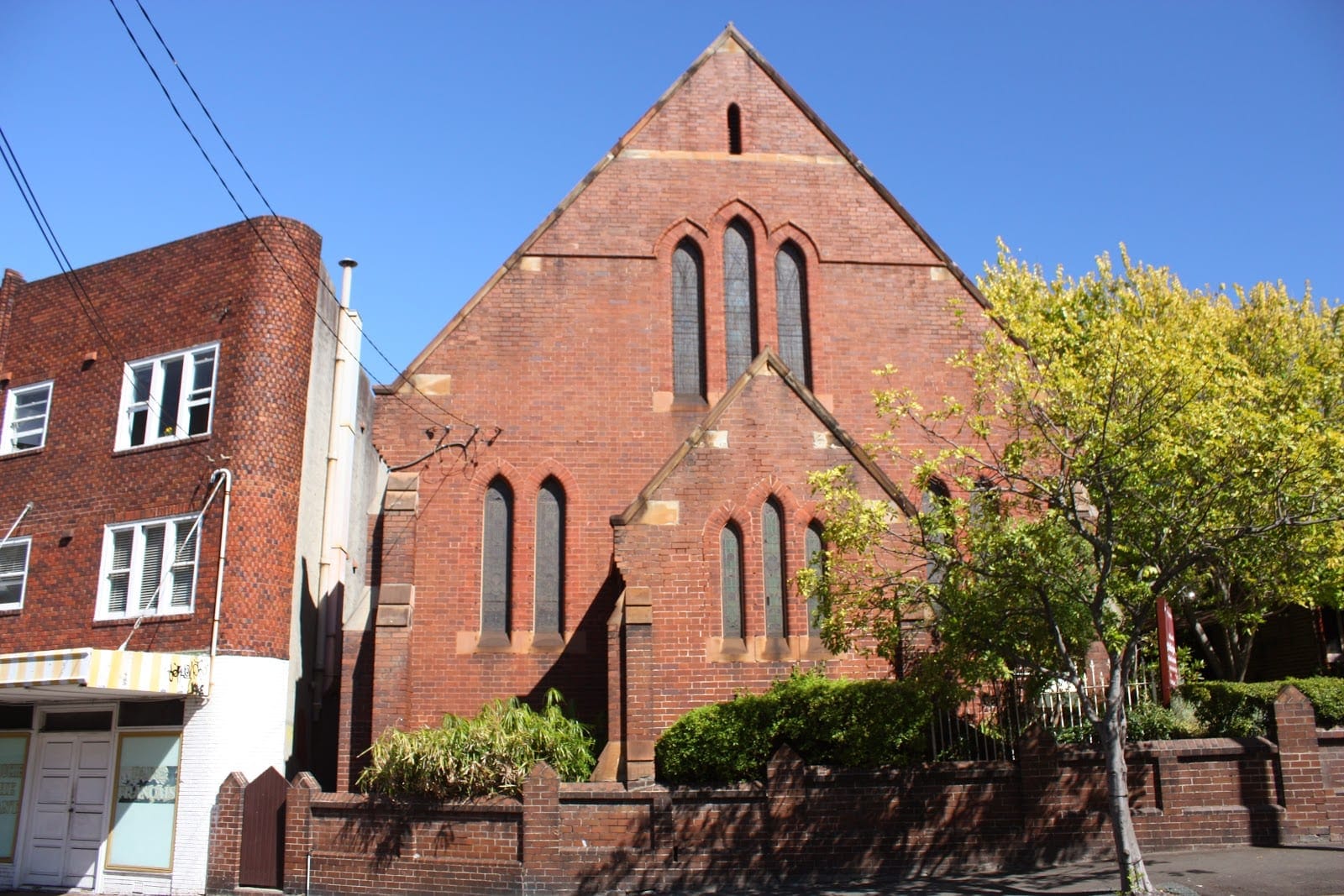 In London, over two centuries ago, a nine-year-old boy was found dead in a sealed vault with no visible injuries. The Times reported in July 1811 that the boy, missing for days, was discovered standing against the wall of a vault in St. George’s chapel, Paddington, his schoolbooks still on his shoulder. The cause of death was conjectured to be fright after being inadvertently locked in.Given the era’s widespread belief in ghosts, it’s plausible the boy died of terror in these grim surroundings. Whether the cause was Voodoo Death or Vagal Inhibition, the fact that he was standing suggests he likely died quickly.
In London, over two centuries ago, a nine-year-old boy was found dead in a sealed vault with no visible injuries. The Times reported in July 1811 that the boy, missing for days, was discovered standing against the wall of a vault in St. George’s chapel, Paddington, his schoolbooks still on his shoulder. The cause of death was conjectured to be fright after being inadvertently locked in.Given the era’s widespread belief in ghosts, it’s plausible the boy died of terror in these grim surroundings. Whether the cause was Voodoo Death or Vagal Inhibition, the fact that he was standing suggests he likely died quickly.
6. The Original Nightmares on Elm Street
 Sleep Paralysis Nightmares, even in modern times, can induce extreme terror. Victims wake unable to move or speak and are attacked by a menacing presence. Nineteenth-century works by John Waller and Robert MacNish noted these experiences could be fatal. Waller cited a carpenter prone to nightmares who was found dead in his bed one morning.In the 1970s and 80s, unexplained deaths occurred among Hmong immigrants from Cambodia. Healthy men in their thirties were found dead in their sleep, often with terrified expressions. Shelley Adler concluded they feared ancestral spirits angered by the lack of customary rituals in America. These events inspired Wes Craven’s film, Nightmare on Elm Street.
Sleep Paralysis Nightmares, even in modern times, can induce extreme terror. Victims wake unable to move or speak and are attacked by a menacing presence. Nineteenth-century works by John Waller and Robert MacNish noted these experiences could be fatal. Waller cited a carpenter prone to nightmares who was found dead in his bed one morning.In the 1970s and 80s, unexplained deaths occurred among Hmong immigrants from Cambodia. Healthy men in their thirties were found dead in their sleep, often with terrified expressions. Shelley Adler concluded they feared ancestral spirits angered by the lack of customary rituals in America. These events inspired Wes Craven’s film, Nightmare on Elm Street.
7. Witchcraft
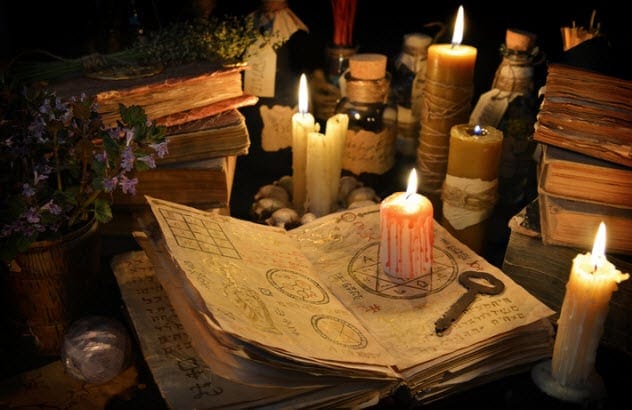 Voodoo Deaths weren’t limited to ‘primitive’ tribes. They also occurred across Christian Europe. During a vampire panic in Medvegia in 1731, Stanoska died of terror after nightmares of being strangled by a dead villager.Fear of witches also led to deaths. In 1621, Elizabeth Sawyer was accused of witchcraft, and one piece of evidence was the death of Agnes Ratcliff, who believed she was cursed by Sawyer. Ratcliff suffered fits and died within four days. The play The Witch of Edmonton portrays Ratcliff’s death as madness, but it was likely a case of Voodoo Death, where belief in witchcraft caused her demise, contributing to Sawyer’s execution.
Voodoo Deaths weren’t limited to ‘primitive’ tribes. They also occurred across Christian Europe. During a vampire panic in Medvegia in 1731, Stanoska died of terror after nightmares of being strangled by a dead villager.Fear of witches also led to deaths. In 1621, Elizabeth Sawyer was accused of witchcraft, and one piece of evidence was the death of Agnes Ratcliff, who believed she was cursed by Sawyer. Ratcliff suffered fits and died within four days. The play The Witch of Edmonton portrays Ratcliff’s death as madness, but it was likely a case of Voodoo Death, where belief in witchcraft caused her demise, contributing to Sawyer’s execution.
8. The Ghost which killed a sceptic
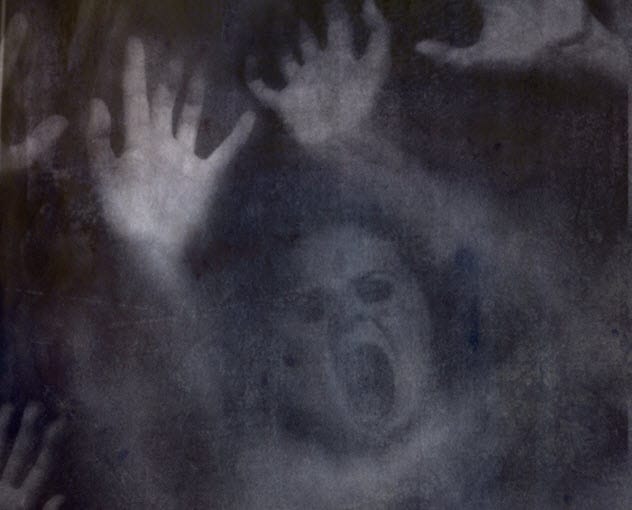 Fear of witches and ghosts was widespread in Britain through the nineteenth century. Despite the 1736 Witchcraft Act outlawing witchcraft accusations, people remained terrified.In 1855, in Sheffield, Harriet Ward claimed to see a ghost in her kitchen cellar. The rumors drew crowds, prompting the residents to cover the cellar window. Mrs. Rollinson, a skeptical visitor, went to complete the task but screamed, claiming to have seen something on the stairs, and fainted. She reported seeing a woman in white and died the next day, highlighting the deadly impact of fear.
Fear of witches and ghosts was widespread in Britain through the nineteenth century. Despite the 1736 Witchcraft Act outlawing witchcraft accusations, people remained terrified.In 1855, in Sheffield, Harriet Ward claimed to see a ghost in her kitchen cellar. The rumors drew crowds, prompting the residents to cover the cellar window. Mrs. Rollinson, a skeptical visitor, went to complete the task but screamed, claiming to have seen something on the stairs, and fainted. She reported seeing a woman in white and died the next day, highlighting the deadly impact of fear.
9. The Tower of London Ghost
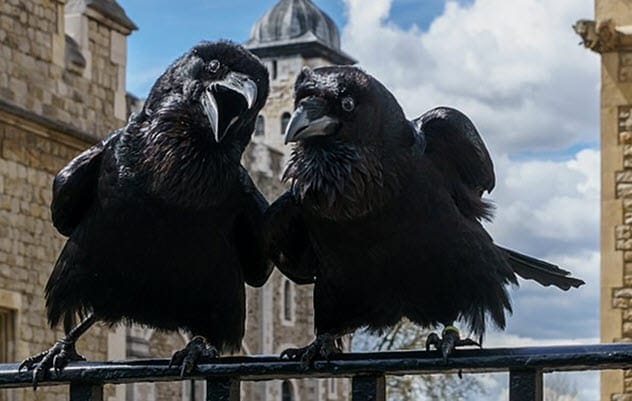 The Tower of London, infamous for early, unnatural deaths, is a hotspot for ghost sightings. Witnesses have always been plentiful, including residents and soldiers.In January 1816, a resident family reported strange noises, and sentries reported violent knockings. One night, a sentry screamed and was found unconscious, claiming a small figure morphed into a ghostly dog. The soldier succumbed to terror and died before the end of January. Like warriors terrified by supernatural entities, this sentry died of fear, despite surviving the Napoleonic wars.
The Tower of London, infamous for early, unnatural deaths, is a hotspot for ghost sightings. Witnesses have always been plentiful, including residents and soldiers.In January 1816, a resident family reported strange noises, and sentries reported violent knockings. One night, a sentry screamed and was found unconscious, claiming a small figure morphed into a ghostly dog. The soldier succumbed to terror and died before the end of January. Like warriors terrified by supernatural entities, this sentry died of fear, despite surviving the Napoleonic wars.
10. The Ghost of Lady Alington
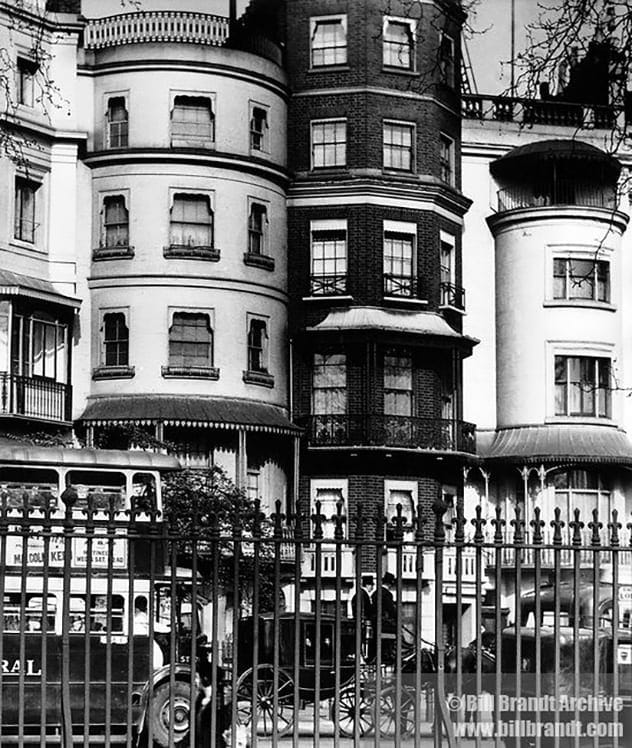 Ghosts could even scare people to death in London’s Mayfair. In 1934, Frederick Wallace, Lady Alington’s caretaker, was found dead at her home. He had told a police officer he was terrified of seeing Lady Alington, who had recently died. On August 4, Wallace was found hanging in the basement, with a note saying, ‘Farewell, fellow tradesmen, he is not dead but sleeping.’Wallace had been seeing Lady Alington’s ghost and was terrified of being alone. The coroner dismissed the ghostly explanation, attributing the death to shock from attempted suicide. However, Wallace likely died from another appearance of Lady Alington, triggering vagal inhibition.
Ghosts could even scare people to death in London’s Mayfair. In 1934, Frederick Wallace, Lady Alington’s caretaker, was found dead at her home. He had told a police officer he was terrified of seeing Lady Alington, who had recently died. On August 4, Wallace was found hanging in the basement, with a note saying, ‘Farewell, fellow tradesmen, he is not dead but sleeping.’Wallace had been seeing Lady Alington’s ghost and was terrified of being alone. The coroner dismissed the ghostly explanation, attributing the death to shock from attempted suicide. However, Wallace likely died from another appearance of Lady Alington, triggering vagal inhibition.


